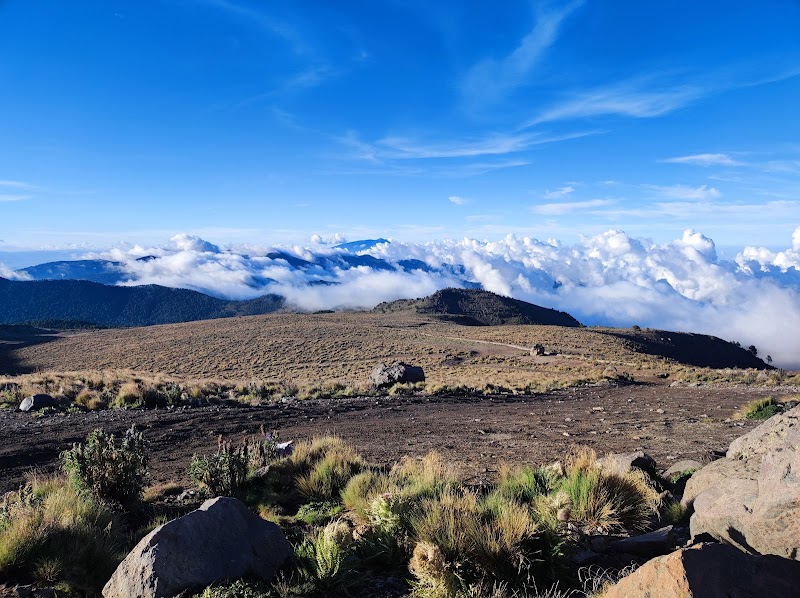
Pico de Orizaba National Park Adventures
Pico de Orizaba National Park protects the highest peak in Mexico, offering dramatic volcanic landscapes, alpine ecosystems, and challenging climbing routes that attract mountaineers and nature enthusiasts alike.
About Pico de Orizaba National Park

Pico de Orizaba National Park centers around Citlaltépetl, also known as Pico de Orizaba, which is the tallest mountain in Mexico and the third highest peak in North America, standing at 5,636 meters (18,491 feet). The park covers a volcanic massif with glaciers, snow-capped peaks, and rugged alpine terrain. It lies in the states of Veracruz and Puebla, and its landscape transitions from temperate pine and fir forests along the lower slopes to sparse alpine tundra near the summit. The park features diverse habitats that support species such as the volcano rabbit (Romerolagus diazi), white-tailed deer, and various bird species including the imperial woodpecker's distant relatives. Historically, the volcano has significant cultural and spiritual importance for indigenous groups, as well as geological relevance as an active stratovolcano with its last major eruption recorded in the 19th century. Outdoor recreation is centered on mountaineering, with the standard climb to the summit being a challenge for experienced climbers due to altitude and glacier travel requirements. Hiking trails wind through the national park’s lower elevations, offering opportunities to explore its pine forests, glacial valleys, and pristine natural scenery. Visitors can also enjoy camping, wildlife watching, and photography. The park is valued for both its geological prominence and its natural biodiversity, making it a major attraction for ecotourism in Mexico.
Highlights
Summit of Pico de Orizaba – highest peak in Mexico and third highest in North America
Glaciers and snowfields riding the volcanic slopes
Alpine and subalpine ecosystems with rare species like the volcano rabbit
Remote climbing routes offering technical mountaineering challenges
Notable Natural Features
Citlaltépetl (Pico de Orizaba) Summit
The tallest peak in Mexico, reaching 5,636 meters, featuring glaciers and panoramic views of surrounding mountain ranges.
Nautilcaltépetl Glacier
One of Mexico’s few remaining glaciers, found near the summit, providing a unique cold alpine environment.
Lower Elevation Pine and Fir Forests
Dense coniferous forests that support diverse flora and fauna and create scenic hiking corridors.